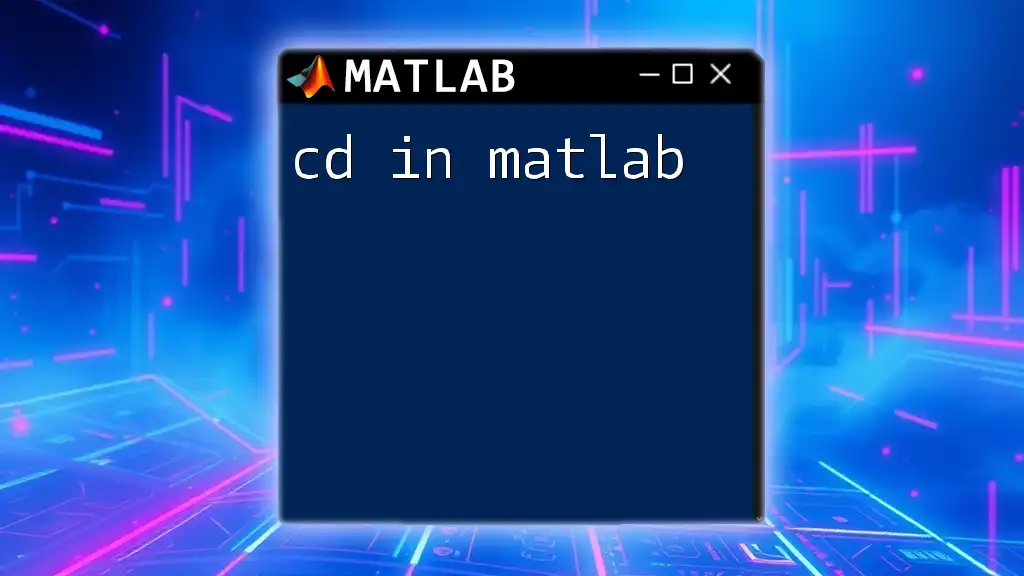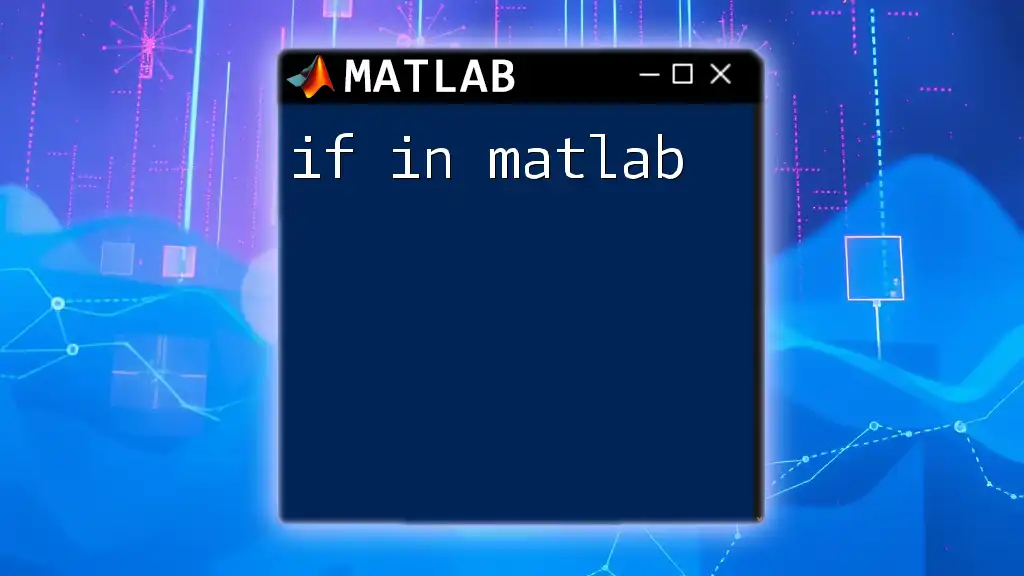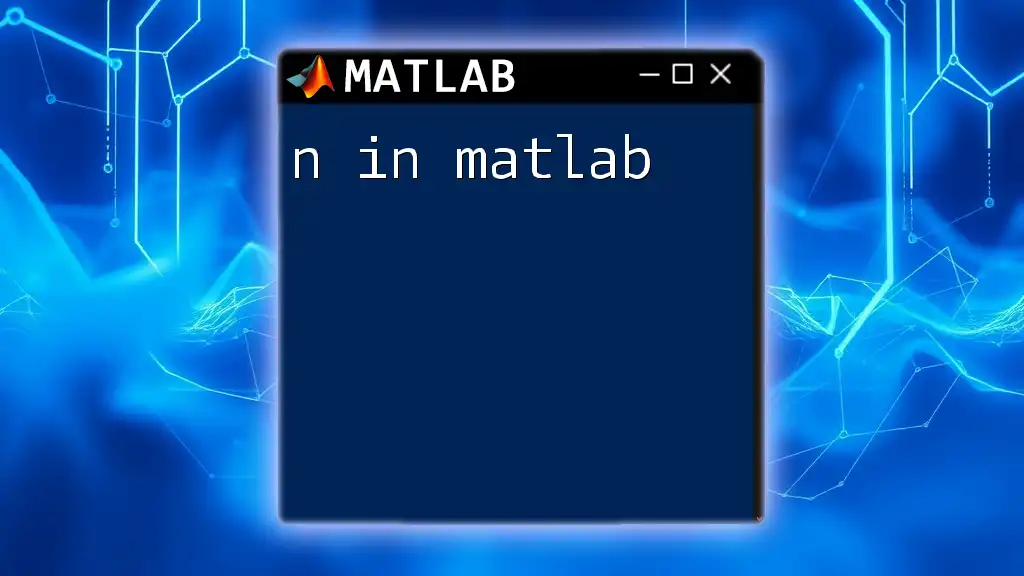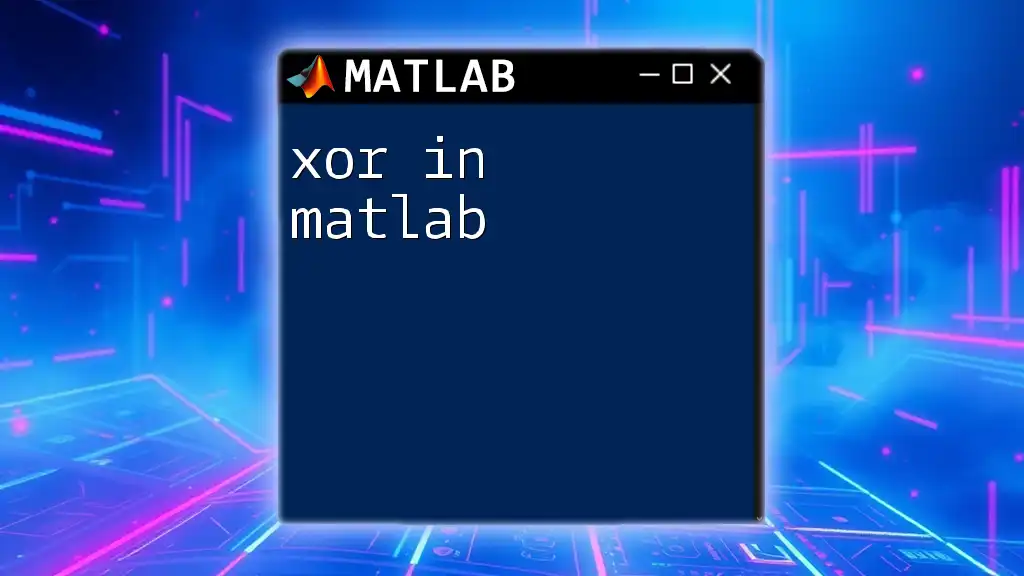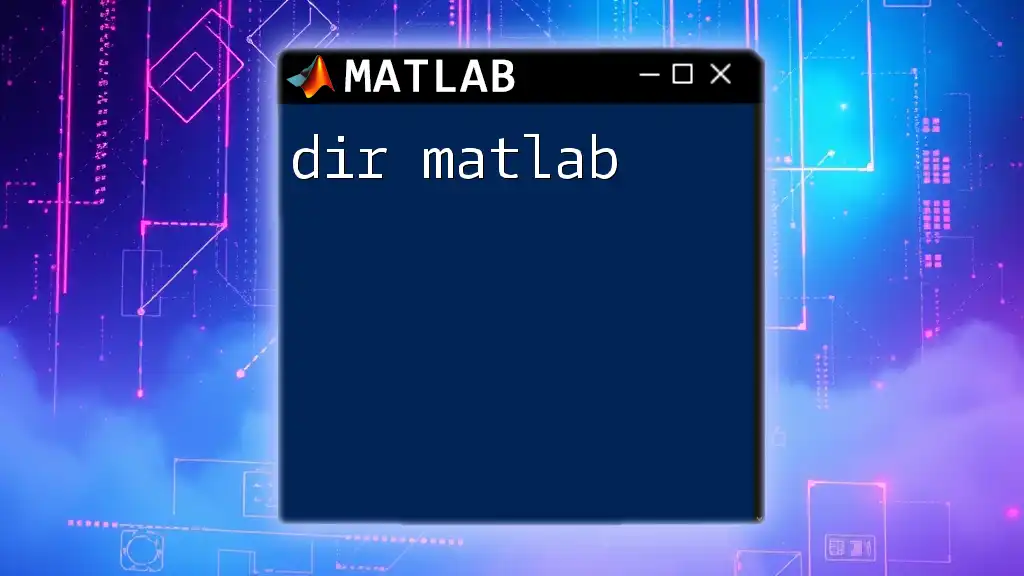The `cd` command in MATLAB is used to change the current working directory to a specified folder, allowing users to easily manage file paths and access files stored in different locations.
Here's an example of how to use the `cd` command:
cd('C:\Users\YourUsername\Documents\MATLAB')
Understanding the Basics of the 'cd' Command
The 'cd' command in MATLAB stands for Change Directory. This command is vital for managing your files efficiently while working in MATLAB. By utilizing the 'cd' command, you can navigate through folders within your computer's file system, allowing you to keep your work organized. This is particularly important for larger projects that may involve multiple data files, scripts, or functions.

Using the 'cd' Command
Syntax of the 'cd' Command
The basic syntax of the 'cd' command is straightforward:
cd(folderPath)
Where `folderPath` is a string representing either an absolute path or a relative path to the directory you want to switch to.
Basic Usage
To change the current working directory, you use the 'cd' command followed by the path of the desired location. For example, if you want to change to a folder named “MATLAB” located in your Documents directory, you would run:
cd('C:\Users\YourName\Documents\MATLAB')
This command effectively switches MATLAB's current directory to the specified path, enabling you to access files stored in that folder.

Relative vs. Absolute Paths
Explanation of Relative Paths
Relative paths are paths that are based on your current working directory. They allow you to navigate without needing the full path. For example:
cd('..') % This command takes you one directory up
cd('folderName') % This command enters a subfolder
These commands are particularly useful when working within a specific project structure. They simplify navigation, especially if your directory structure is deeply nested.
Explanation of Absolute Paths
Absolute paths, on the other hand, provide the full path from the root of your file system. This means that regardless of your current directory, the command will always navigate to the specified folder. For example:
cd('C:\Users\YourName\Documents\MATLAB\Projects')
Utilizing absolute paths can sometimes be more reliable, especially when you're unsure of your current working directory.
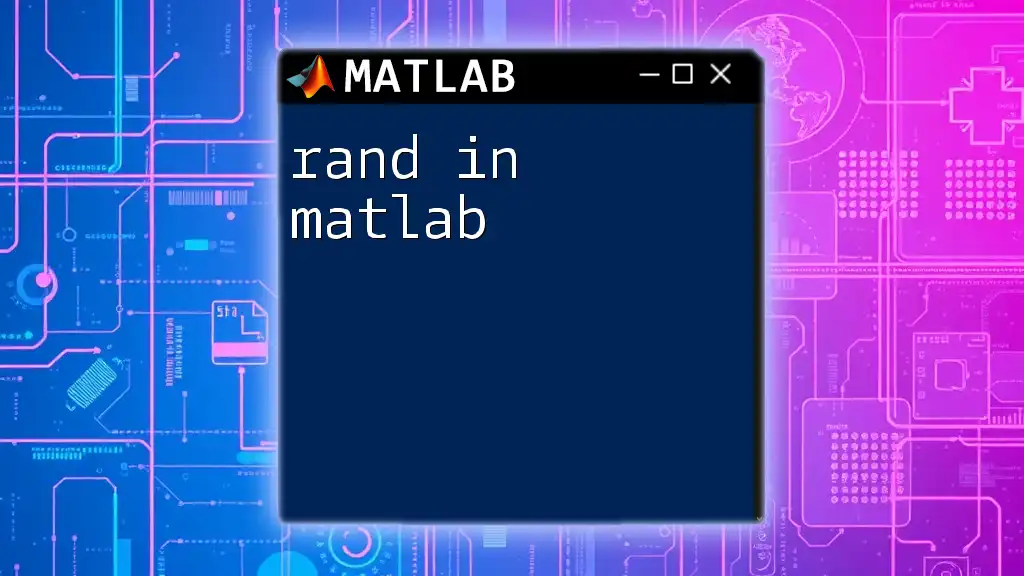
Viewing Current Directory
Before changing directories, it's essential to know your current location. You can check your current working directory by using the 'pwd' command:
pwd % Displays the current working directory
Having clarity of your current directory not only aids in navigation but also ensures that you are loading and saving files in the correct location.

Changing to the Home Directory
MATLAB provides a convenient way to revert to your home directory with a simple command. By entering:
cd home
this command takes you directly to your home directory. This can save time when organizing your scripts and is beneficial during workflows that frequently require access to your primary storage location.
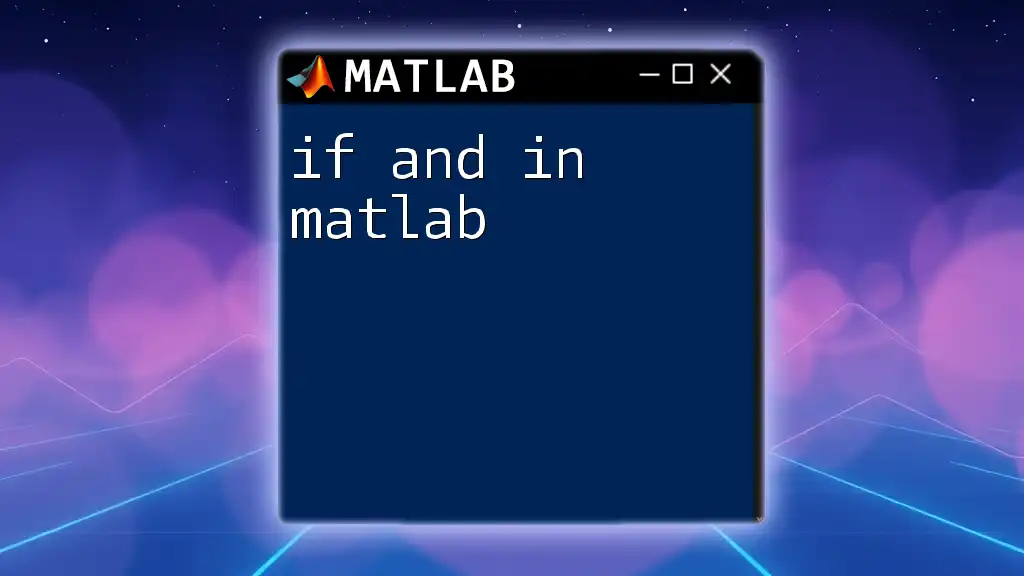
Executing the 'cd' Command in Scripts
Incorporating the 'cd' command into your MATLAB scripts helps you maintain a clean workspace. When you change directories within your scripts, it ensures that subsequent file operations are performed in the correct folder. For instance:
% Example script
cd('C:\Users\YourName\Documents\MATLAB\Data')
load('datafile.mat') % Load data from the new directory
By setting the appropriate directory at the start of your script, you protect yourself from errors related to file paths.

Error Handling with 'cd'
Despite its simplicity, you might encounter issues while executing the 'cd' command. One common error is:
Error: 'No such file or directory'
This usually happens due to incorrect spelling or the specified directory not existing. To handle such errors gracefully, you can implement a `try-catch` block:
try
cd('NonExistentFolder')
catch exception
disp('Error: Unable to change directory. Please check the path.');
end
This structure allows your script to continue running while providing a clear message about the incorrect path, making debugging easier.
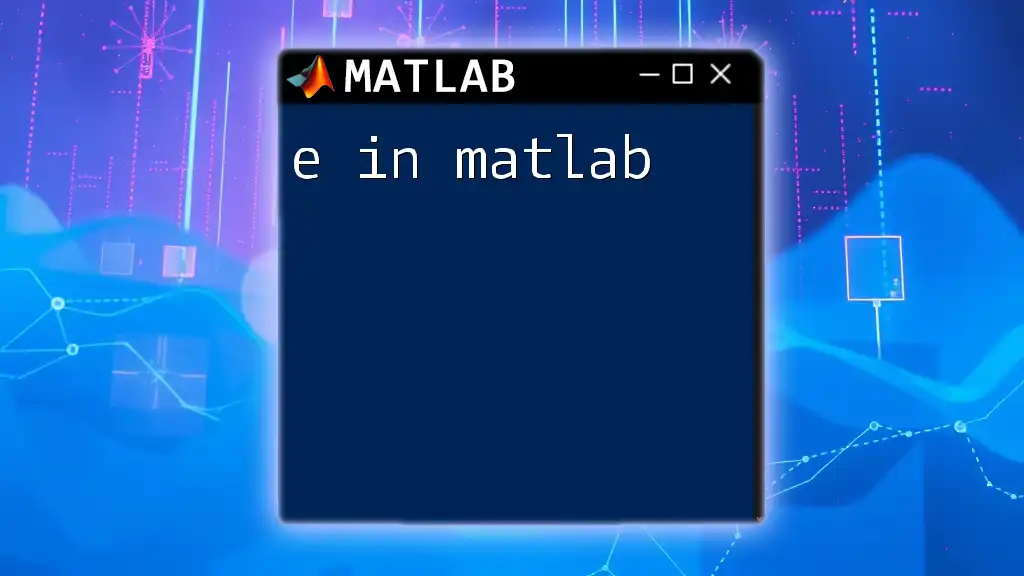
Tips for Efficient Directory Management
Effective management of directories in MATLAB can lead to improved productivity.
-
Organize Files: Keep your scripts, functions, and data files well-organized in designated folders. This will make using the 'cd' command much easier.
-
Use Shortcuts: Familiarize yourself with shortcuts, like `cd ..` or `cd home`, to streamline your workflow.
-
Project Structure: Establish a consistent project structure. This not only helps with navigation but also eases collaboration with others who may access your files.

Conclusion
In summary, the 'cd' command in MATLAB is an essential tool for navigating your file system effectively. Understanding how to use it, along with the concepts of relative and absolute paths, sets a strong foundation for efficient directory management. By practicing these skills and applying them in your scripts, you can enhance your productivity and maintain an organized workspace.
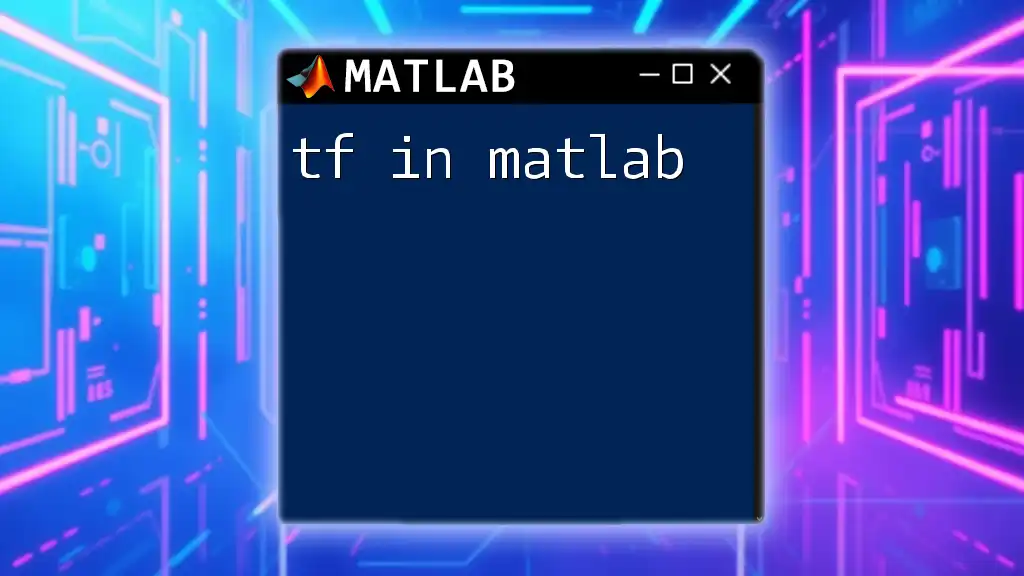
Additional Resources
For further information, refer to the [official MATLAB documentation](https://www.mathworks.com/help/matlab/ref/cd.html) on the 'cd' command. You may also explore additional tutorials that delve into directory management for more in-depth learning.

Call to Action
If you found this guide helpful, consider subscribing for more tips and tutorials on MATLAB commands! Don't hesitate to reach out with any questions or share your experiences with the 'cd' command in MATLAB.

